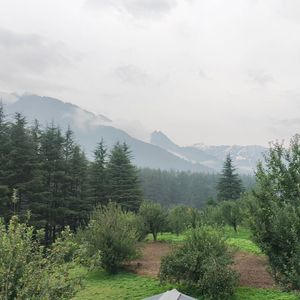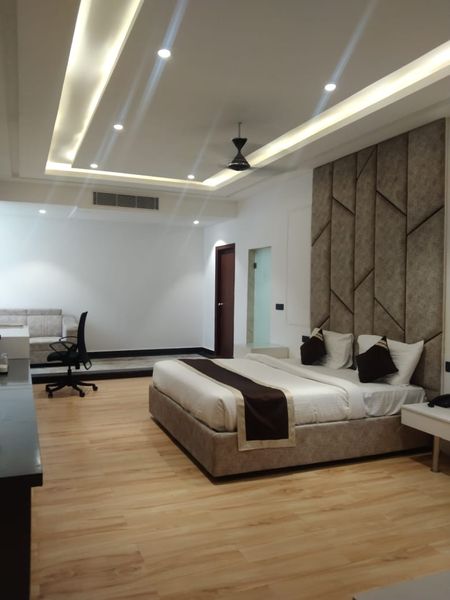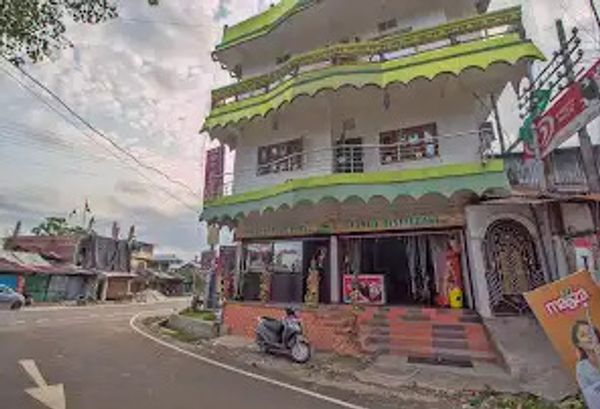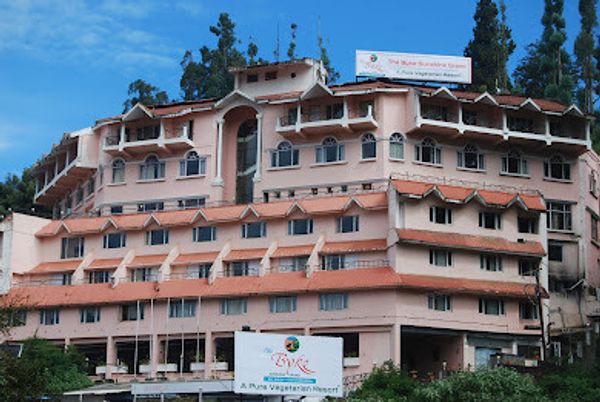Why Hampta Pass is Recommended in Monsoon Only
 Ashish Rawat
28 Jul, 2025
9 mins read
20
Ashish Rawat
28 Jul, 2025
9 mins read
20

Hampta Pass is one of the most popular treks in Himachal Pradesh, especially for beginners and nature lovers. It connects the lush green Kullu Valley to the barren, dramatic landscapes of Lahaul Valley. This high-altitude mountain pass stands at around 14,000 feet and offers a rare mix of terrain, climate, and experience all of which come alive during the monsoon season.
Many treks in the Himalayas are avoided during the rainy season due to slippery trails and landslides. But Hampta Pass is different. It is one of the few treks that becomes better in monsoon. Let’s explore why this trail is best done during the rainy months and what makes it such a unique experience.
1. The Landscape Turns Lush and Green
One of the main reasons of Hampta Pass Trek is recommended in monsoon because the entire Kullu Valley turns a rich shade of green. The forests, meadows, and hillsides burst with life. Small streams trickle down the mountains. Waterfalls appear out of nowhere. The grass is soft, the air is fresh, and the whole route feels like a scene out of a movie.
In other seasons, the valley can look dry and brown. But during the monsoon, it’s like walking through a living painting. It’s the kind of beauty that photos can’t fully capture. You have to see it to believe it.
2. Wildflowers in Full Bloom
From late June to mid-August, the trail is dotted with wildflowers in all colors. You’ll see yellow, pink, purple, and white flowers blooming along the meadows. The Jwara meadows, in particular, look magical during this time. It’s nature at its best untouched, fresh, and colorful.
These flowers only bloom during the monsoon. If you do the trek in May or September, you’ll miss out on this highlight. It’s one of the features that makes the monsoon trek so special.
3. Ideal Weather for Trekking
While it does rain in the lower parts of the trail, the temperatures are generally pleasant. The days are cool and the nights are not too cold. You might need a raincoat or poncho, but you won’t be freezing. This makes walking easier and more comfortable compared to winter treks, where the cold can be harsh.
Once you cross the pass and enter the Lahaul side, the weather becomes drier. That’s because Lahaul lies in a rain-shadow region. So, even though it’s the rainy season, you get to enjoy clear skies and dry trails on the other side.
This mix of green, wet valleys on one side and dry, rugged terrain on the other is what makes Hampta Pass such a thrilling experience in monsoon.
4. Waterfalls Everywhere
During monsoon, waterfalls are found in almost every section of the trek. Some are small streams running down the rocks, while others are big, thunderous falls crashing down from high cliffs. You’ll often walk beside or even cross these waterfalls, making the journey more exciting.
These waterfalls are mostly dry or very low in other seasons. But during monsoon, they are full and flowing, adding energy and sound to the environment. It makes the trail more dramatic and memorable.
5. Fewer Crowds Compared to Peak Season Treks
Even though Hampta Pass is popular, it doesn’t get overly crowded like some other treks in Uttarakhand or Himachal during summer or autumn. The monsoon season tends to keep some trekkers away, which actually works in your favor.
You get quieter campsites, less congestion on the trail, and a more personal connection with nature. This solitude can enhance your experience. You can sit by a stream, hear the birds, and enjoy the sound of rain on your tent without too many distractions.
6. Better Photography Opportunities
If you’re someone who enjoys photography, monsoon is the best time for dramatic shots. The contrast between the dark clouds, green meadows, and colorful flowers is unbeatable. The play of light and shadow, misty mornings, and flowing streams create a dream setting.
Also, the visibility can be surprisingly good between rain showers. You might get some of your best landscape shots during these breaks. The changing weather creates multiple moods in a single day all of which look great on camera.
7. Safe and Supported Infrastructure
Unlike many other monsoon treks, Hampta Pass remains accessible and safe because of its growing popularity and strong support system. Trekking companies are well-prepared for the rainy season. They carry waterproof gear, provide good food, and set up safe campsites.
Also, the trek doesn’t require advanced mountaineering skills. As long as you have decent fitness and follow basic safety rules, it’s very doable, even in the rain. Many first-time trekkers successfully complete it during monsoon.
8. Chandratal Add-On Is Usually Open
Most Hampta Pass treks also include a visit to Chandratal, the high-altitude moon lake in Spiti. The road to this lake usually opens by early July. If you plan your trek between July and early September, there’s a high chance you’ll be able to visit Chandratal.
This lake is stunning, especially during monsoon when the surrounding mountains reflect beautifully in its blue waters. It adds a perfect ending to an already amazing trek.
9. Local Life and Culture
During the monsoon, many local shepherds take their flocks to the high pastures around Hampta. You’ll likely cross paths with them and their sheep or goats. Watching them live in temporary stone shelters and manage their animals in this remote area gives you a small but rich peek into local Himalayan life.
These encounters make the trek feel more alive and grounded. It’s not just about landscapes it’s about people and stories too.
Final Thoughts
Hampta Pass is not just a scenic trek it’s a seasonal wonder. What makes it truly special is how different it becomes during the monsoon. From the green explosion of meadows to blooming flowers, from flowing waterfalls to cool weather, every part of the trail is enhanced during the rainy months.
While many Himalayan trails close down or become risky during monsoon, Hampta opens up in its full glory. It’s one of the few treks that’s designed by nature to be enjoyed when the clouds roll in.
So if you’re planning a trek between June and September and want something that’s safe, beautiful, and full of life Hampta Pass should be at the top of your list.
Written By:
Ashish Rawat



Hotels at your convenience
Now choose your stay according to your preference. From finding a place for your dream destination or a mere weekend getaway to business accommodations or brief stay, we have got you covered. Explore hotels as per your mood.


